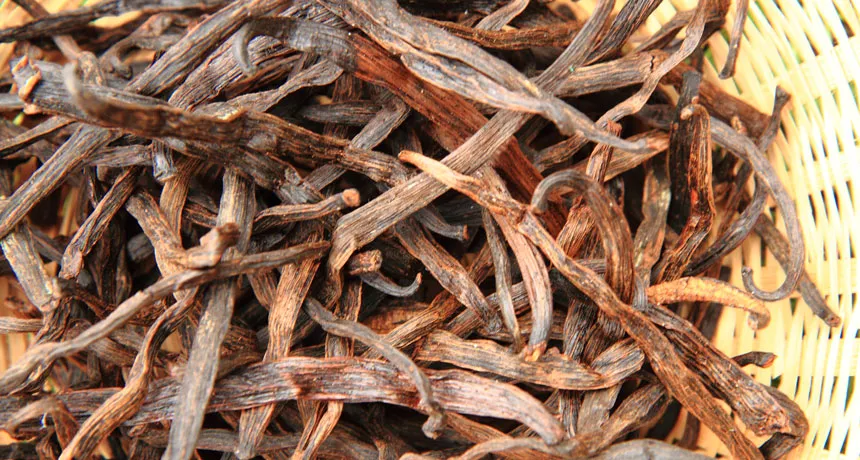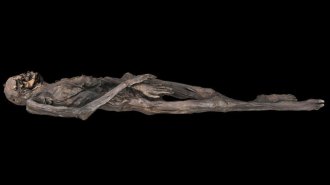A Bronze Age tomb in Israel reveals the earliest known use of vanilla
Jugs that date to about 3,600 years ago hold traces of the aromatic substance

VANILLA SCOOP Although long considered a product that originated in ancient Mexico, vanilla — which is extracted from beans such as these — was used by Middle Easterners around 3,600 years ago, a new study finds.
Jonnysek/istock.com







